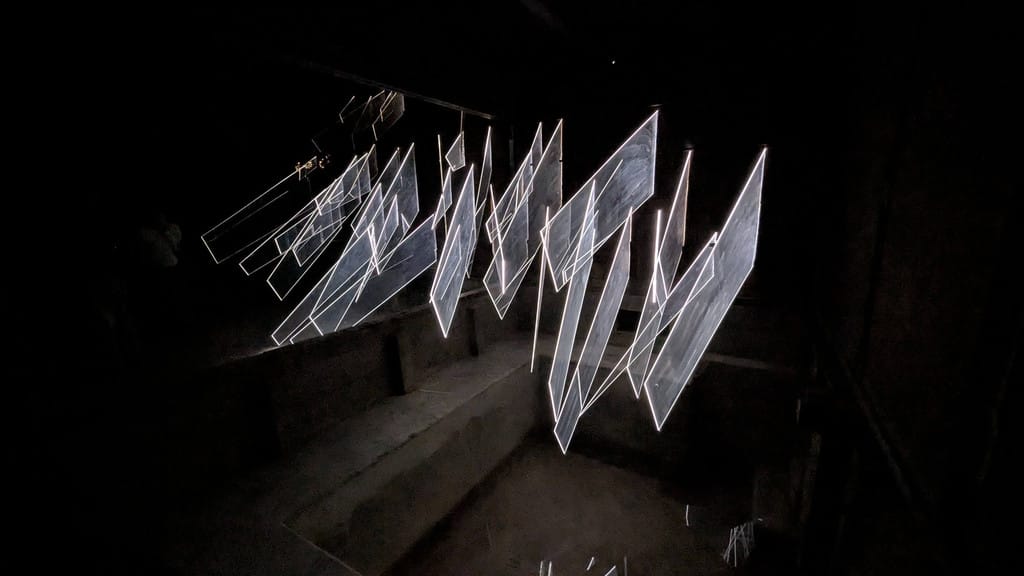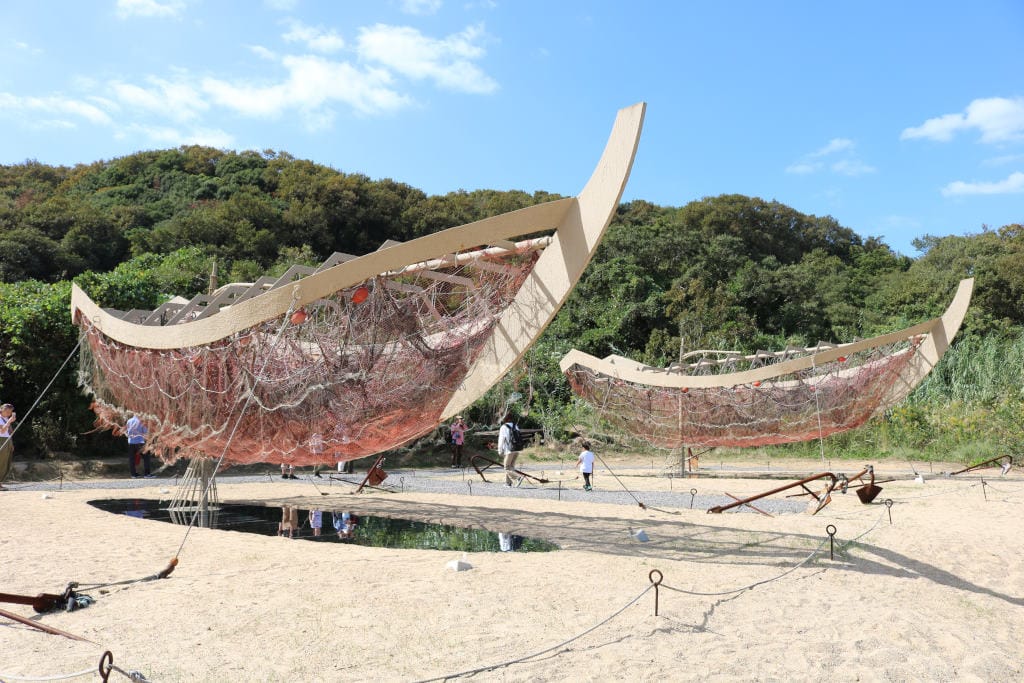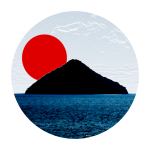Takamijima (Setouchi Triennale 2025)

Of all the islands in the Setouchi Triennale, I find Takamijima to be one of the most interesting. It's also one of the least visited, which is probably for the best. To be honest, I always feel torn about people who think the Triennale is only about Naoshima. Part of me wants to tell them to visit the other islands too (sometimes I do; that's in part why I write this blog). But another part of me is happy that people who don't care that much about the Triennale - and just want to visit Naoshima because it's famous - don't visit the other islands, as their numbers would be destructive. The small islands can't sustain such large crowds.
So, yes, Takamijima. I always say that I want to visit it outside of the Triennale one of these days, but I haven't done it yet. The truth is that Takamijima is a living (?) example of what awaits islands and other rural places in Japan that won't be successful in their attempts at revitalization. Despite its rich past, the island was depopulated early and brutally once the pyrethrum cultivation industry ended. When the island joined the Triennale in 2013, only 50 people remained. Nowadays, only about 20 people live in a few houses near the port. The northern village was completely abandoned over a decade ago, and the village on the hillside only sees activity thanks to the Triennale and various cultural projects from time to time.
If you would like more information about the island and its rich yet sad history, I invite you to read this post.

Yes, the first reason I find this island interesting is because it's nearly abandoned. The second reason is the hillside village itself. It's such an impractical place to live. I've always wondered why the main village was built there, on the steepest hillside. The only answer I can imagine is that it's protected from the strong, cold winter winds that must hit the gentler slope on the other side of the island with terrible force. However, this impractical village may also be the reason why it was depopulated so quickly compared to most other islands. Still, I like to imagine what life was like there as I stroll through its streets. I especially like the abandoned mini-ropeway that was used in the village's later years to lift goods and materials halfway up the hill.
The third reason I find the island interesting is that its art always seems more original than that of other places. I know that's a gross generalization, but it seems to have a unique flair. It's hard to explain.
How about I show you instead?

